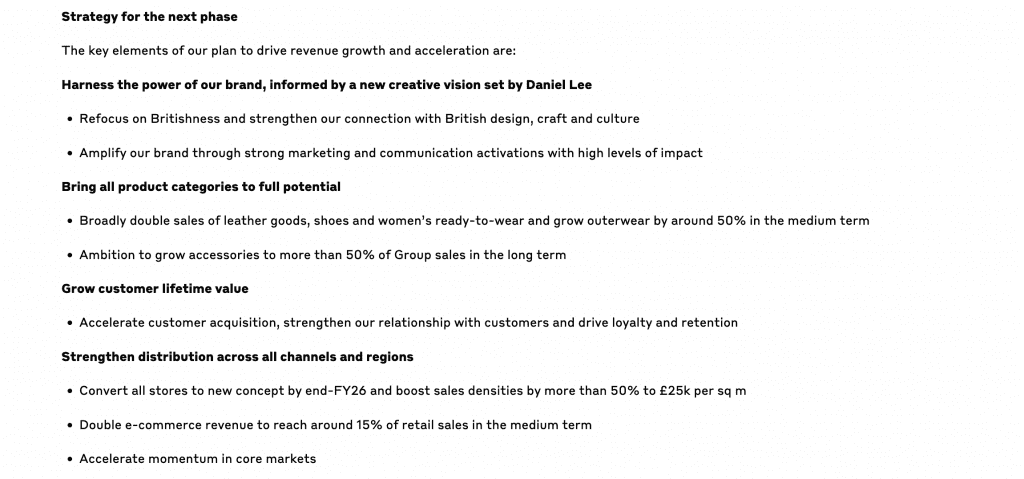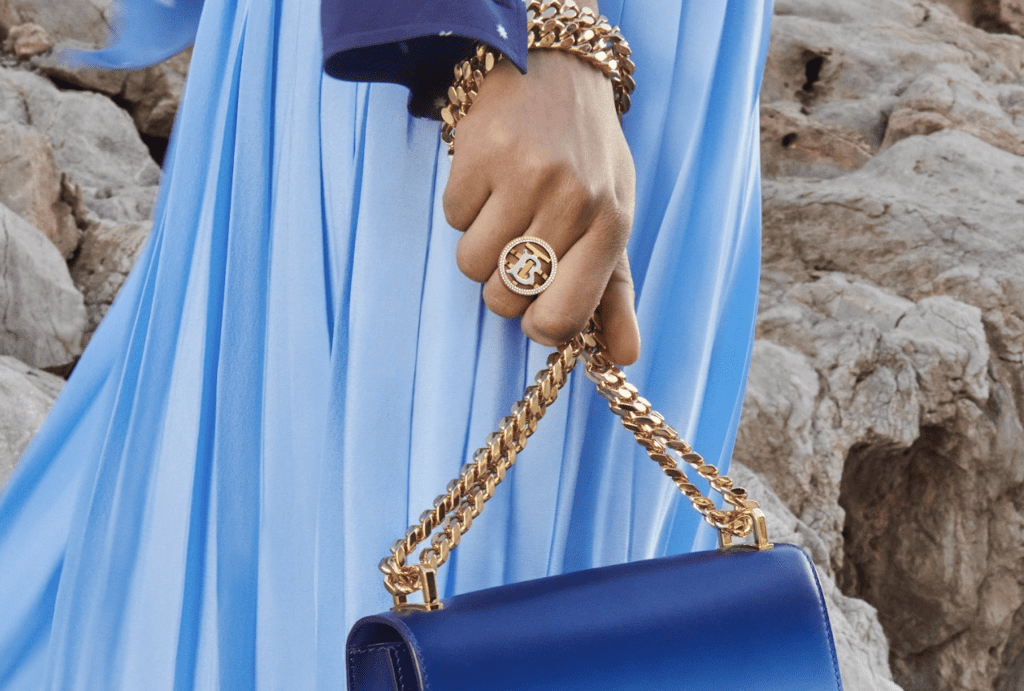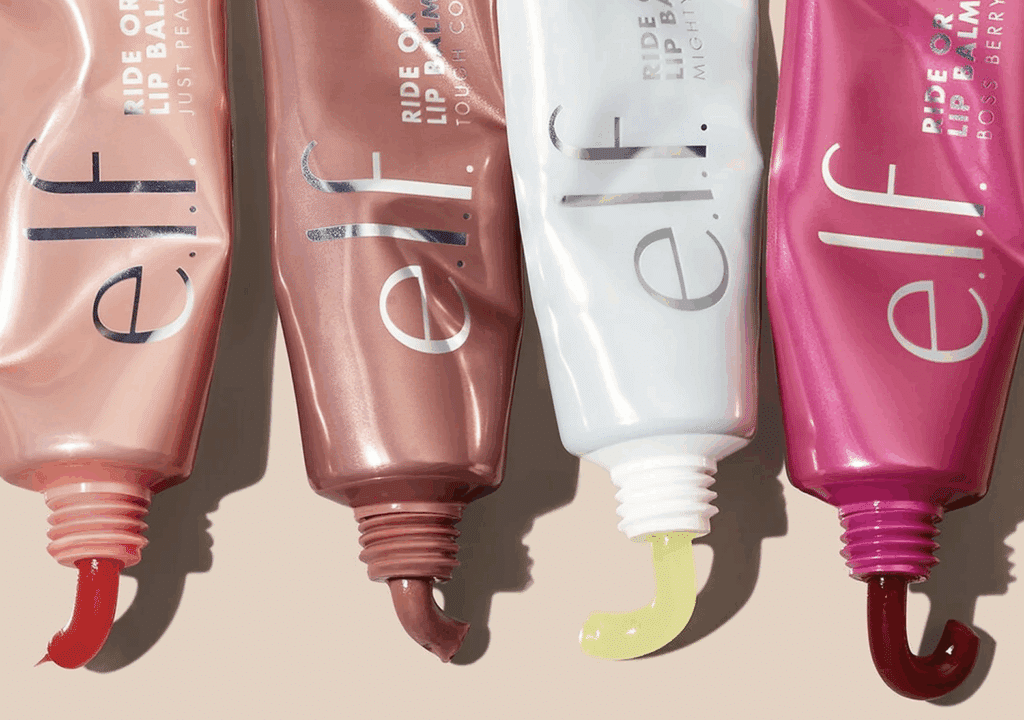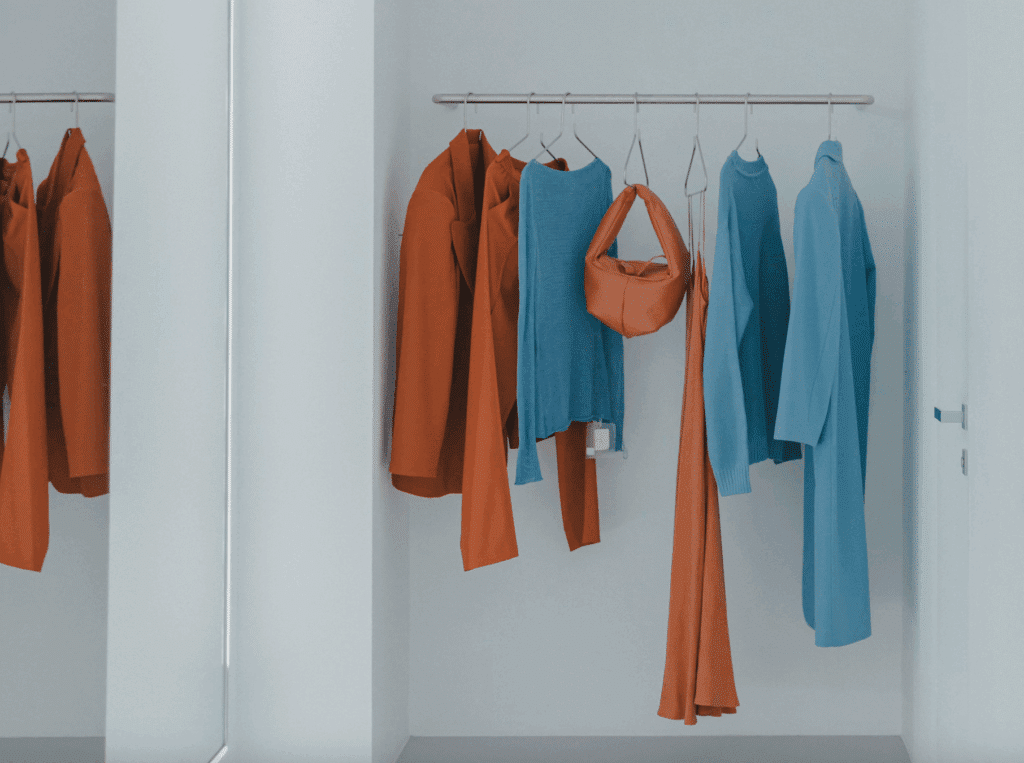Burberry reported its revenue for the first half of the year on Thursday, pointing to sales of 1.35 billion pounds ($1.6 billion), a 5 percent year-over-year increase based on constant exchange rates, and 11 percent rise on a reported FX basis, driven by spending in Europe; sales in its native United Kingdom suffered due, in large part, to the removal of the value-added tax incentive for tourists. Adjusted operating profit for the British fashion brand for the first six months of the year grew by 6 percent (at constant rates) to 238 million pounds ($281 million).
Delving into what worked for the first half, Burberry stated in a release on Thursday that “new product launches and seasonal collections performed strongly,” as leather goods sales saw “good momentum with comparable sales increasing by 15 percent in Q2 and 11 percent in H1.” Leather goods growth was led by handbags, such as the Lola bag, which Burberry says is now its best seller, and the newer Frances shape. Also on the up: Outerwear, which boasted comparable sales rising by 3 percent for the first half. While growth was impacted by lockdowns in Mainland China, Burberry confirmed that its performance outside of Mainland China was “robust,” increasing by 18 percent thanks to “a strong performance across both Men’s and Women’s [offerings].”
Geographically speaking, Burberry’s outgoing CFO Julie Brown addressed the brand’s sales slump in the United Kingdom: ”We are not seeing the same degree of tourism in the UK as we used to because we are seeing more tourists” – from the Americas, Middle East, and Asia regions – “going into Paris and Milan.” Brown blames at least some of that on the UK government’s move to do away with a reintroduction of a VAT-free shopping program for foreign visitors to the UK, which would have enabled them to obtain a full refund of sales tax paid on goods purchased on “the high street, at airports and other departure points and exported from the UK in [shoppers’] personal baggage.”
Reflecting on Burberry’s results, Bernstein analyst Luca Solca said in a note on Thursday that it is “one of the most exposed brands to aspirational consumers,” who are much more impacted by “energy and food price inflation, as they have a more limited discretionary spend capacity.” This explains the company’s “cautious commentary on the current market environment,” Solca stated. (Maintaining its near-term guidance to FY24, Burberry cited the “challenging macro environment and its potential impact on trading, particularly Covid-19 related disruption in Mainland China and recessionary risks in Europe and the Americas.”)
In addition to the H1 revenue report, Burberry CEO Jonathan Akeroyd presented his much-anticipated strategy for Burberry, which was, until recently, undergoing an upmarket-move at the direction of former CEO Marco Gobbetti, who left to join Ferragamo. While analysts agree that Burberry is better-situated than when Gobbetti joined in 2016, it still suffers from a positioning point of view, lagging behind “competitors like Gucci, Prada and Loewe in creating a sharp brand in recent years,” per Reuters. This is where newly appointed creative director Daniel Lee, who revived Bottega Veneta in the eyes of younger consumers, is expected to help play an “important part in re-igniting interest,” according to Mario Ortelli, managing partner at advisory firm Ortelli & Co.
The key takeaway from the high-level strategy plan: Akeroyd, who joined Burberry from Versace in April, says that he aims to “broadly double sales of leather goods, shoes and women’s ready-to-wear, and grow outerwear by around 50 percent in the medium term,” with the “ambition to grow accessories to more than 50 percent of Group sales in the long term.”

It is not a surprise that Burberry is looking to focus more on accessories (read: leather goods). “Accessories are the real money-maker in luxury,” Neev Capital managing director Rahul Sharma stated in response to Akeroyd’s plan. It is why “every ready-to-wear brand from Versace to Burberry wants a piece of the action.” As for how successful Burberry will be in cracking the accessories code in a meaningful way is a bit less straightforward, with Sharma noting that getting (and holding on to) a bigger piece of the accessories market is “not easy – apart from scoring a hit bag or two,” and that is not made simpler by the fact that this segment of the market is crowded by the biggest names, which have a particularly strong hold.














